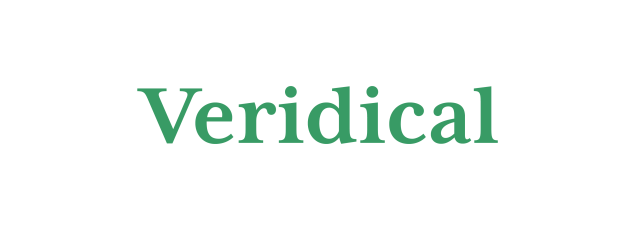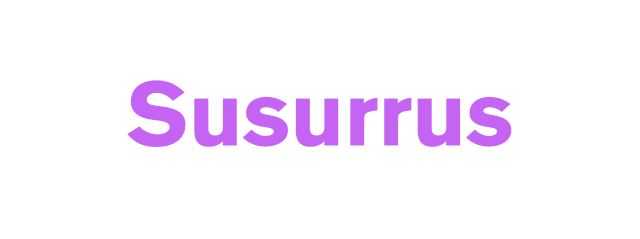Pareidolia
Noun
- The perception of apparently significant patterns or recognizable images, especially faces, in random or accidental arrangements of shapes and lines.
Example Sentences
“You may have learned the word ‘pareidolia,’ but I’ll still call it ‘cloud-gazing.'”
“The phenomenon of pareidolia occurs when people claim to see images of saints in toast or found rocks, for example.”
“A research study wanted to examine the effects of memory and trauma with the occurrence of pareidolia, or recognizing faces in random patterns.”
Word Origin
German, 1960s
Why this word?
Humans have a tendency to see faces where there are none (a specific type of pattern recognition called “pareidolia”), but so can computers that are programmed for facial recognition. Pareidolia most commonly manifests as seeing faces within a mass of visual cues, something that facial-recognition software is specifically programmed to do (by recognizing specific patterns of polygons that line up to facial patterns). Just as humans often see something that’s not really there, facial-recognition software can give false positives (seeing faces in objects that are not people), although much less frequently than a person might do a double-take upon seeing the shape of Mickey Mouse in the clouds.








 Subscribe to Better Report
Subscribe to Better Report

